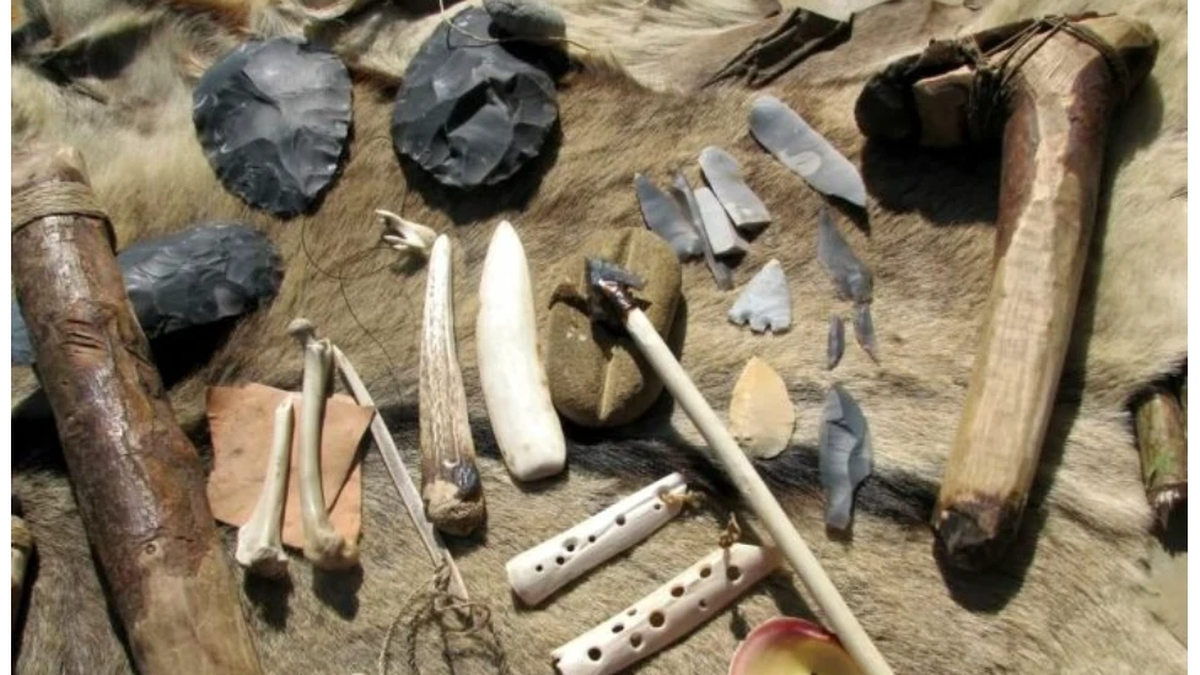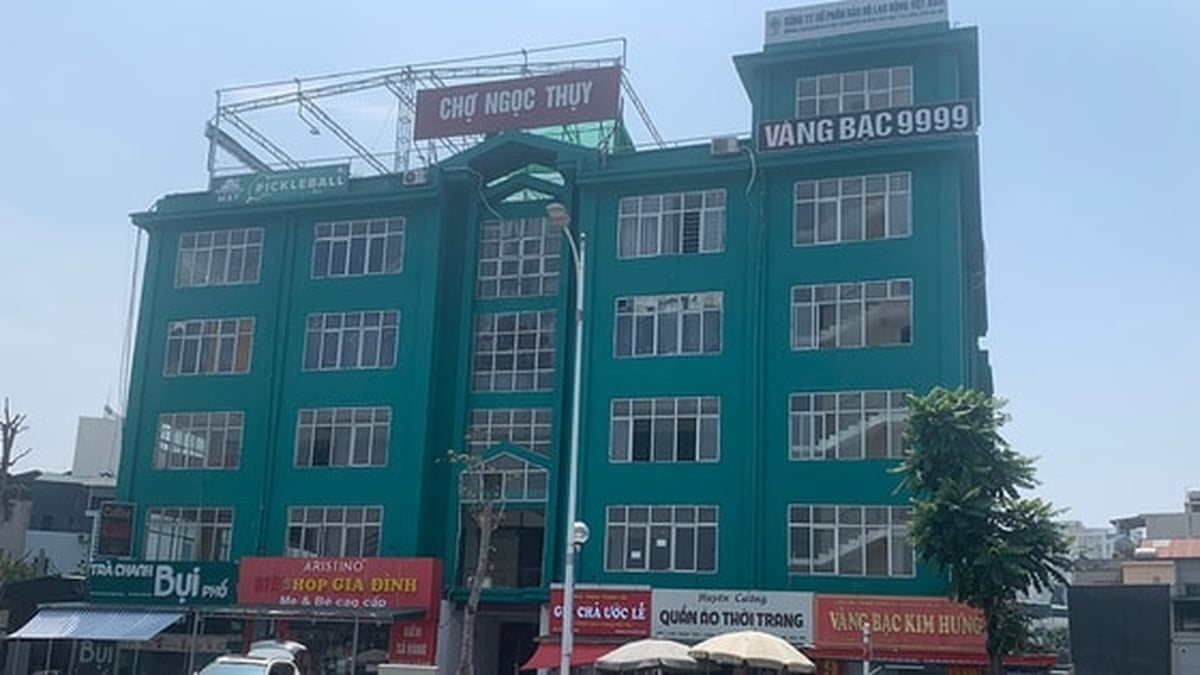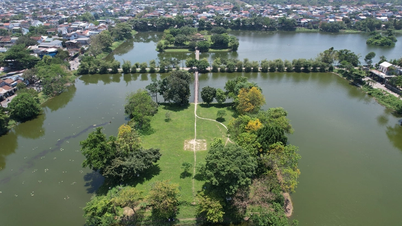Experts recommend that regular skin checks at home are important. This will help detect skin abnormalities early. One of the most obvious signs of cancer is the appearance of unusual moles on the skin, according to the health website Prevention .

Moles, sores that don't heal, or keloids can all be signs of skin cancer.
Unlike normal moles, skin cancer moles will have a blurry border, making it difficult to distinguish between the skin and the mole. Cancerous moles will have 2 asymmetrical sides and uneven color.
In addition, cancerous lesions can also be the following abnormalities on the skin:
Swelling or ulcer that does not heal
One of the most common signs of skin cancer is a bump or sore that won't heal. It starts out waxy, sometimes bleeding, but doesn't go away. Medical experts say it could be a sign of basal cell or squamous cell skin cancer in its early stages.
The American Academy of Dermatology (AADA) also notes that a hard bump on the eyelid can also be caused by a rare type of skin cancer called sebaceous carcinoma, which originates in the sebaceous glands.
Keratosis pilaris
Too much exposure to the sun can cause scaly patches on the skin called actinic keratosis. This is a precancerous condition that can develop into the most common type of skin cancer, squamous cell carcinoma.
Exudative skin lesions
Skin cancer can appear as a nodule, rash, or irregular patch on the skin. These skin lesions begin to ooze fluid or blood. Over time, they change in size and shape, eventually developing into basal cell carcinoma. They do not heal and continue to bleed and ooze fluid.
Red or purple skin lesions
These skin lesions are pink, red or purple, easily mistaken for bruises or abrasions due to impact. However, instead of healing, they will grow rapidly, larger in just a few days if exposed to too much sunlight. These lesions are called Kaposi sarcoma, usually appear on the head, neck and start from the lining of blood vessels, according to Prevention.
Source link






























![[Photo] Nghe An: Provincial Road 543D seriously eroded due to floods](https://vphoto.vietnam.vn/thumb/1200x675/vietnam/resource/IMAGE/2025/8/5/5759d3837c26428799f6d929fa274493)
































































Comment (0)